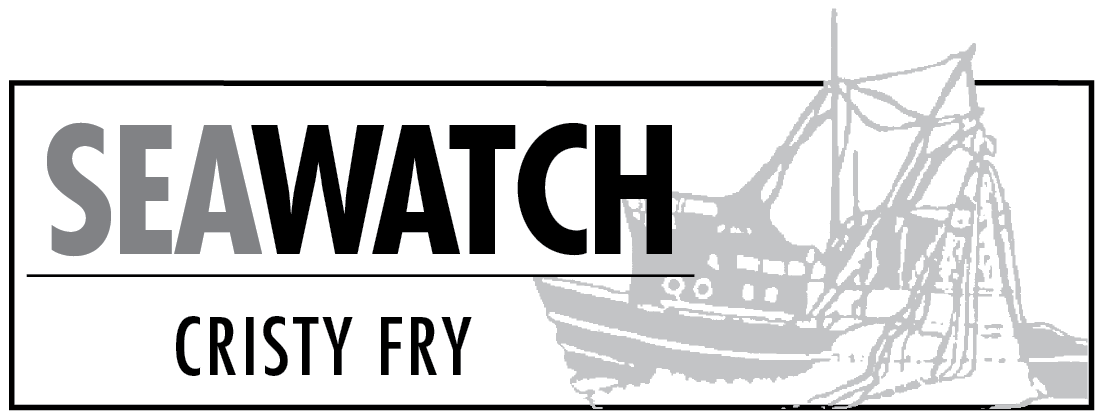The 2014 Sitka Sound sac roe herring fishery wrapped up last weekend with the fleet of 48 seiners going slightly over the 16,333 ton quota. It was a sharp contrast to the 2013 season when more than half the quota was left in the water because the biomass had spawned out; those herring are harvested for their roe.
The same thing happened in 2012, on a monster quota of 28,829 tons, with a harvest of 13,534 tons.
There was some concern that a similar situation could occur this year, when the test samples that set off the first opening March 20 were as high as 13.8 percent mature roe, ripe even for Sitka standards.
The first opening brought in more than 5,000 tons, which plugged processors for a few days, but as spawn was being spotted, the fishery was re-opened March 23.
Complicating matters was good weather that sent halibut and black cod fishermen out, bringing back several thousand pounds of product to the stressed processors.
However, the Alaska Department of Fish and Game, as well as fishermen, decided it was better to harvest the fish before they spawned and keep them aboard tenders.
The final opening took place March 30, and the fleet took about 900 tons more than the quota.
While this year’s fishery was a success, the marketing of those fish may be less so.
Although it is still a very lucrative fishery, it has fallen far since 1996 when the price peaked at $1,700 per ton, bringing in nearly $65 million for permit holders.
Fishermen are reporting a possible advance of $150 per ton this season, and while it is expected to go up, it is unlikely to even match the 2013 price of $600 per ton.
Part of the reason is a flooded market from last year’s harvest, and part of the reason for the flooded market is a cultural shift in Japan, where the roe is sold.
Herring fisheries in Japan collapsed in 1958, opening the way for Alaska markets.
Homer fisherman Jamie Ross told Fish Radio, “What a lot of us are hoping is that right now with Japan not buying as much fish, or with the weaker prices, is that we can open up some new markets … so that we aren’t dependent on a 100 percent Japanese market in the future. Kind of how pink salmon did when it was eight cents a pound.”
Cristy Fry has fished in Homer and King Cove since 1978. She can be reached at realist468@gmail.com.



